This flatpack urban farm only takes up 538 square feet, but its creators say that it can yield as much as 6 tonnes (6.6 tons) of fresh produce per year.
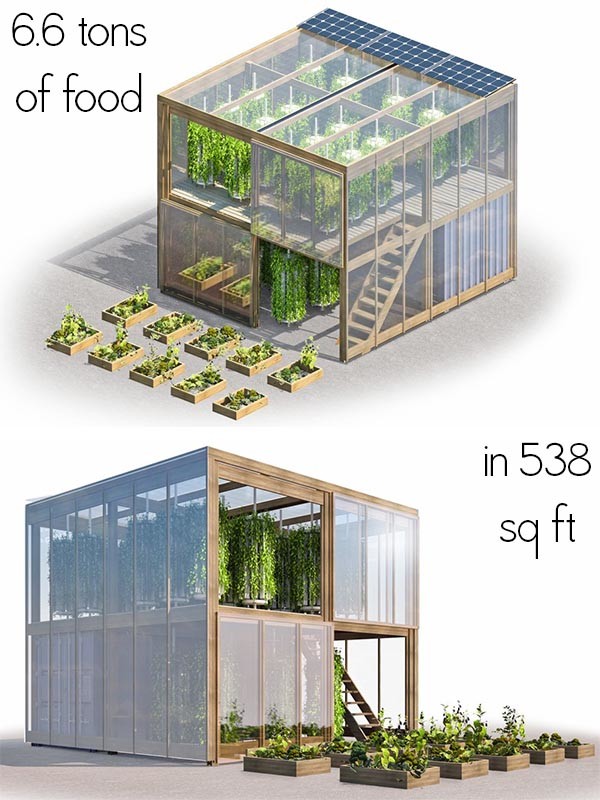
Danish company Human Habitat has developed a hydroponic garden system that requires just 538 square feet of space to grow fresh food. Its two story design doubles the amount of food that can be grown per square foot. Not only can their flatpack urban farm be squeezed into almost any available space in cities, it could also be set up anywhere access to fresh food is needed.
It is called an Impact Farm by its creators, Mikkel Kjaer and Ronnie Markussen. The flat pack hydroponic garden design allows it to be shipped virtually anywhere. The Impact Farm can be unpacked, set up and be in operation in just 10 days. and is suitable for both commercial and community needs. It is capable of growing greens (and microgreens), vegetables, herbs, and fruiting plants in its two-story frame. The produce is grown hydroponically, which means the only thing necessary for growing fresh food locally is water.
“We wanted to reconnect people to food by giving them a green space that brings nature back into our cities,” Kjaer tells Collectively. By giving people a useful skill to learn and opportunities for employment, urban farm addresses the problems of low employment and inaccessibility to fresh food. Food deserts are of particular interest to the founders. Those are inner city neighborhoods that are under-served by traditional grocery stores.
The food desert issue has been addressed recently by the USDA, which administer the SNAP program in the US. It will now require merchants who service people on Food Stamps to provide fresh food instead of just cookies, snacks, and other highly processed packaged foods. A nearby Impact Farm could help fill that need.
Related Post: Meet the Urban Gardeners Taking Advantage of Spare Spaces [Video]
The first Impact Farm hydroponic garden is now operating in Copenhagen, Denmark. There are plans to build more of the urban farms in other European cities. The founders are also investigating the US market. The Impact Farm is similar in nature to the Freight Farms concept that started in Boston recently. That company re-purposes shipping containers to become hydroponic gardens that can be trucked anywhere.
Hydroponic gardening is beginning to revolutionize commercial farming. It uses far less water and fewer pesticides than traditional farming and can exist closer to where the need for fresh food is greatest. It could be a godsend for disadvantaged people living in refugee camps and emergency shelters anywhere it the world.
Images via Human Habitat; article republished with permission from Ecopreneurist.


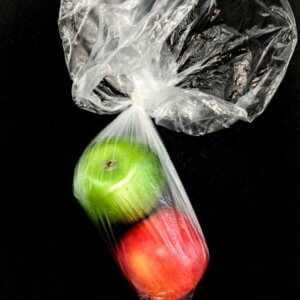
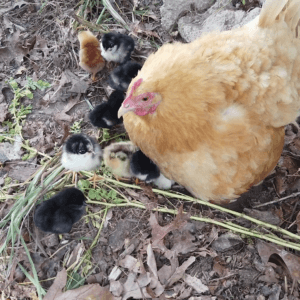





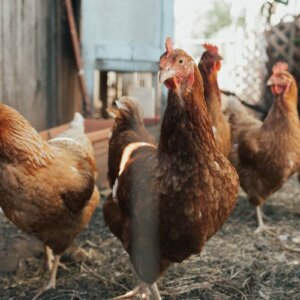
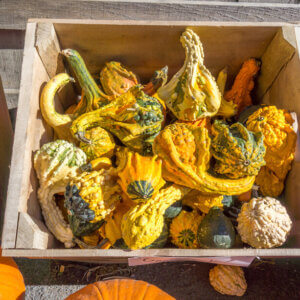

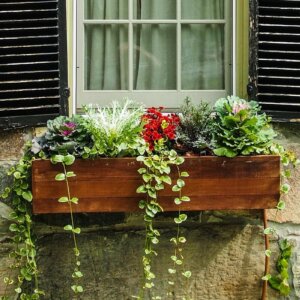




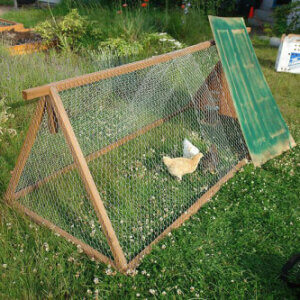
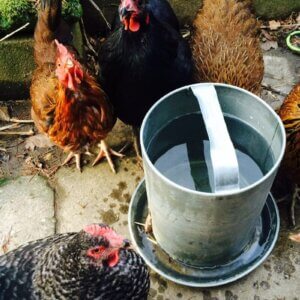
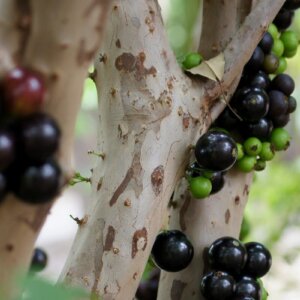

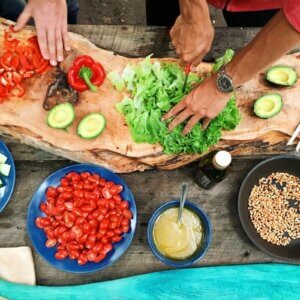



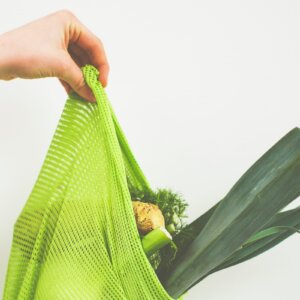




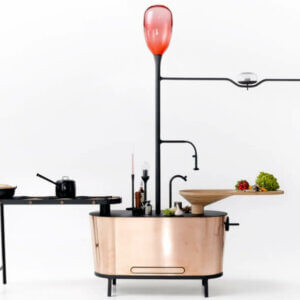







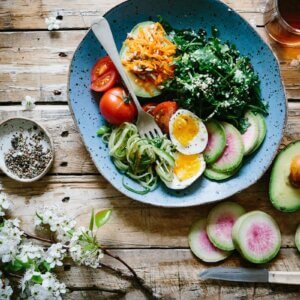
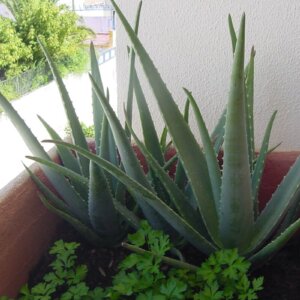


I am interested to set up such an unit in India as a trial operation. Please provide me the details.
Regards- shauquat (00 91 98184 10382).
Where can I order one and what is it’s cost
I am interested in putting up with your idea of hydroponic garden at my place in India.
Please let me know the possibilities and details to carry forward.
Amith (91 73737 24484)
Hi
I’m interested in the idea to put it up in Namibia. Please send via whatsapp +264817389444
What about using those solar light tube things in between the solar panels to bring more natural light to the lower floors reducing the electrical need by increasing the natural lighting
Experimenting to produce more food with less space is the key thing we needed.Appreciate and need details on this method for dissemination.
This is lovely and gives people a base to build from. Could use mirrors and other reflective material to help provide more natural sunlight to the lower level. These would be perfect for school systems as well. Give all students in any urban or rural area the chance to learn how to be self-sufficient and ability to grow their own food. This is something that could change the dependency on SNAP in the US and provide a valuable alternative. I live directly beside an elementary school and would gladly use my yard and time to help a city school learn more about gardening.
Not mirrors, they actually absorb light, and won’t reflect the light as you think it would. Instead, think mylar (like as in those balloons that’s hold helium forever)
How much? How soon can you deliver? From where?
Hi, Mr. Stephanh. I am interested to implement this concept in Malaysia too. Could you sent me any details about these? I understand your concept is about overall, but in the meantime I would like to know more about method of growing for each types of vegetables. Hope we could communicate more.
Good evening,
How can I get one of these impact farms.
I live in the Bahamas
where can you purchase the system?
excellent good day i am from munich germany i haveing playing with this system for year and it’s running on my brain it super what you have can you please send me your info and price and can we make it with the resource and the technique from you best to all of you
steve raman
Hello from Nepal.
I am interested too. Could you give me more detailing about that with operational and initial costings and maintenance cost all.
Hi, I Want to do business collaboration with you. Please let me know how can we start together in India. We have a large group of farmers in India. We are currently selling than fertilizers.
Would love to buy the plans for this flatpack garden…I live in rural Australia… thankyou for any further info you can provide..
For those interested, contact them at:
info@humanhabitat.dk
Hola. Me gustaría instalar este concepto en México. Adaptarlo a la infraestructura urbana.
The website is : http://www.humanhabitat.dk/
And click “Contact ” or their address and email are below:
Nørrebrogade 45E, kld.
Copenhagen, 2200
info@humanhabitat.dk